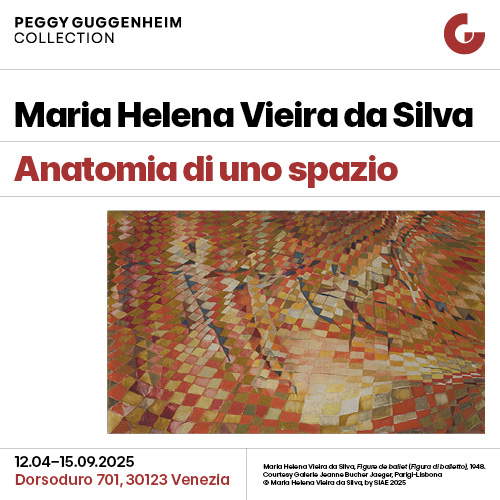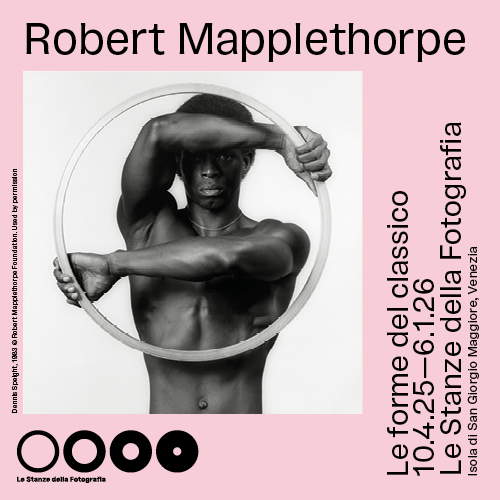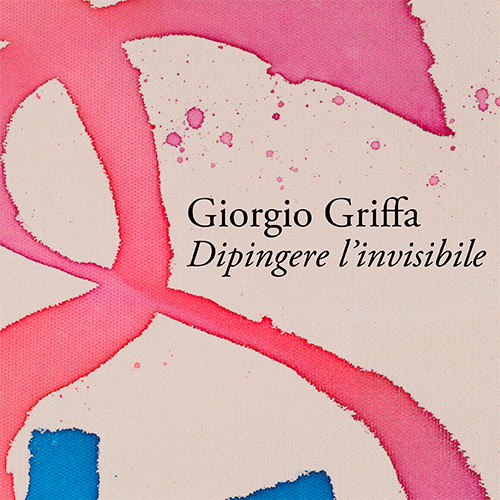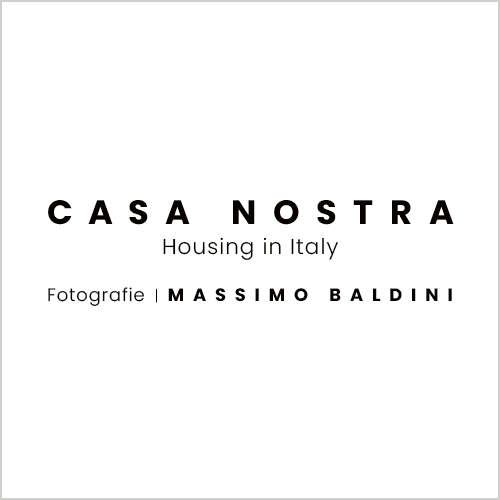Mindfulness, art therapy, ArtUp: practicing them in museums reduces anxiety and stress
The results that emerged from research within the ASBA (Anxiety, Stress, Brain-friendly museum, Approach - The museum ally of the brain against anxiety and stress) project, the brainchild of Annalisa Banzi, a researcher at CESPEB (Centro Studi sulla Storia del Pensiero Biomedico) of theUniversity of Milano-Bicocca, coordinated by the Universityof Milano-Bicocca, and involving researchers from the State University of Milan (a multidisciplinary team coordinated by prof. Claudio Lucchiari) and a team of experts in various research, clinical and applied fields: a visit to a museum can turn into atherapeutic experience capable of significantly reducing anxiety and stress. According to the research, a Mindfulness course inside a museum lowers these levels by 25 percent, while Art Therapy and guided tours lead to a 20 percent reduction.
The study involved more than 350 citizens and numerous museum workers over the past three years, measuring participants’ anxiety and stress levels through standardized questionnaires placed at the beginning and end of each meeting and BCI devices to detect the frequency of electrical brain activity in order to monitor the effect of the experience on mental and physical well-being. The results showed that Mindfulness, a present-focus technique, is particularly effective among those with high levels of anxiety and stress, with a reduction in these two factors of nearly 25 percent.Art therapy, on the other hand, promotes intense emotional engagement leading to a 20 percent reduction in anxiety, while guided tours record slightly lower results and generate benefits regardless of the initial level of anxiety and stress.
Innovative techniques such as Nature+Art, which combines artistic and natural stimuli, Visual Thinking Strategies, which promote dialogue about the artworks with guided discussions, andArtUP (a method that provides cultural insights based on art history and knowledge of art events and fosters dialogue about the affective and psychological dimensions that artworks arouse in the viewer) showed a reduction of about 15 percent.
The data showed that Mindfulness not only aids relaxation, but also connects the visitor with the museum objects, generating empathy and curiosity. Art therapy leads to intense emotional experiences. Nature+Art gives rise to fusion experiences between nature and museum, triggering a kind of experiential fullness. Visual Thinking Strategies create intense mixes of emotions and cognition, developing a sense of curiosity and self-knowledge. ArtUp is the technique shown to be most capable of generating inclusive experiences: art as a vehicle for connecting people and diversity. Finally, guided tours allow participants to share knowledge in an immersive way, generating a kind of detachment that allows the mind to be taken elsewhere.
The ASBA project has also produced significant results in the work context, with the ASBA-MAO course at the Museum of Oriental Art in Turin dedicated to museum staff. In addition to reducing anxiety and stress, it has strengthened the sense of belonging to the work group and improved work dynamics. Yoga-Chair, a seated practice that proved particularly effective in reducing anxiety and improving cognitive and relational well-being, was also introduced in this context.
“Thanks to the plurality of data collected, we are able to support the hypothesis that the museum can be considered a privileged place to take care of oneself. Moreover, it was seen that each technique generates unique experiences. In other words, art and museums can not only reduce anxiety and improve well-being, but can do so in many different ways,” said Claudio Lucchiari, professor of psychology at Milan State University.
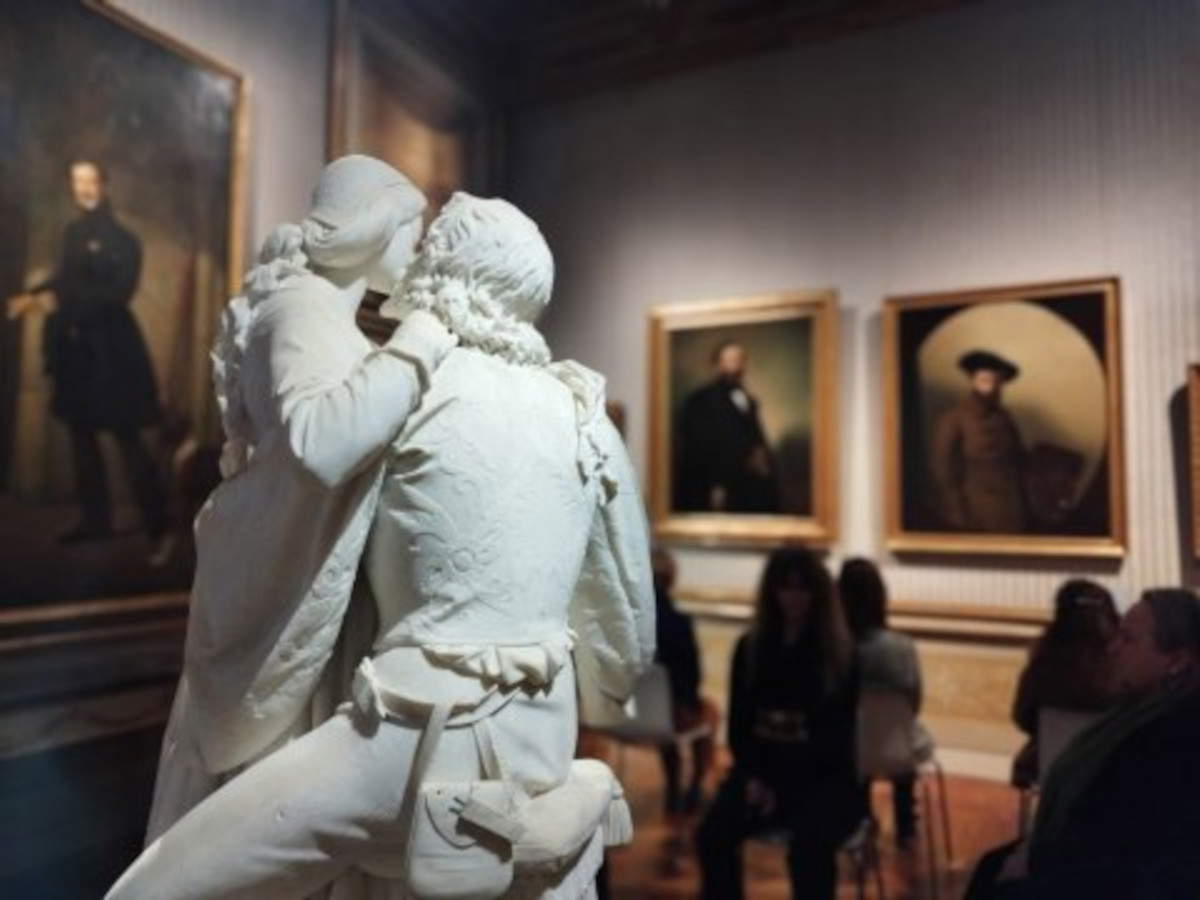 |
| Mindfulness, art therapy, ArtUp: practicing them in museums reduces anxiety and stress |
Warning: the translation into English of the original Italian article was created using automatic tools. We undertake to review all articles, but we do not guarantee the total absence of inaccuracies in the translation due to the program. You can find the original by clicking on the ITA button. If you find any mistake,please contact us.





